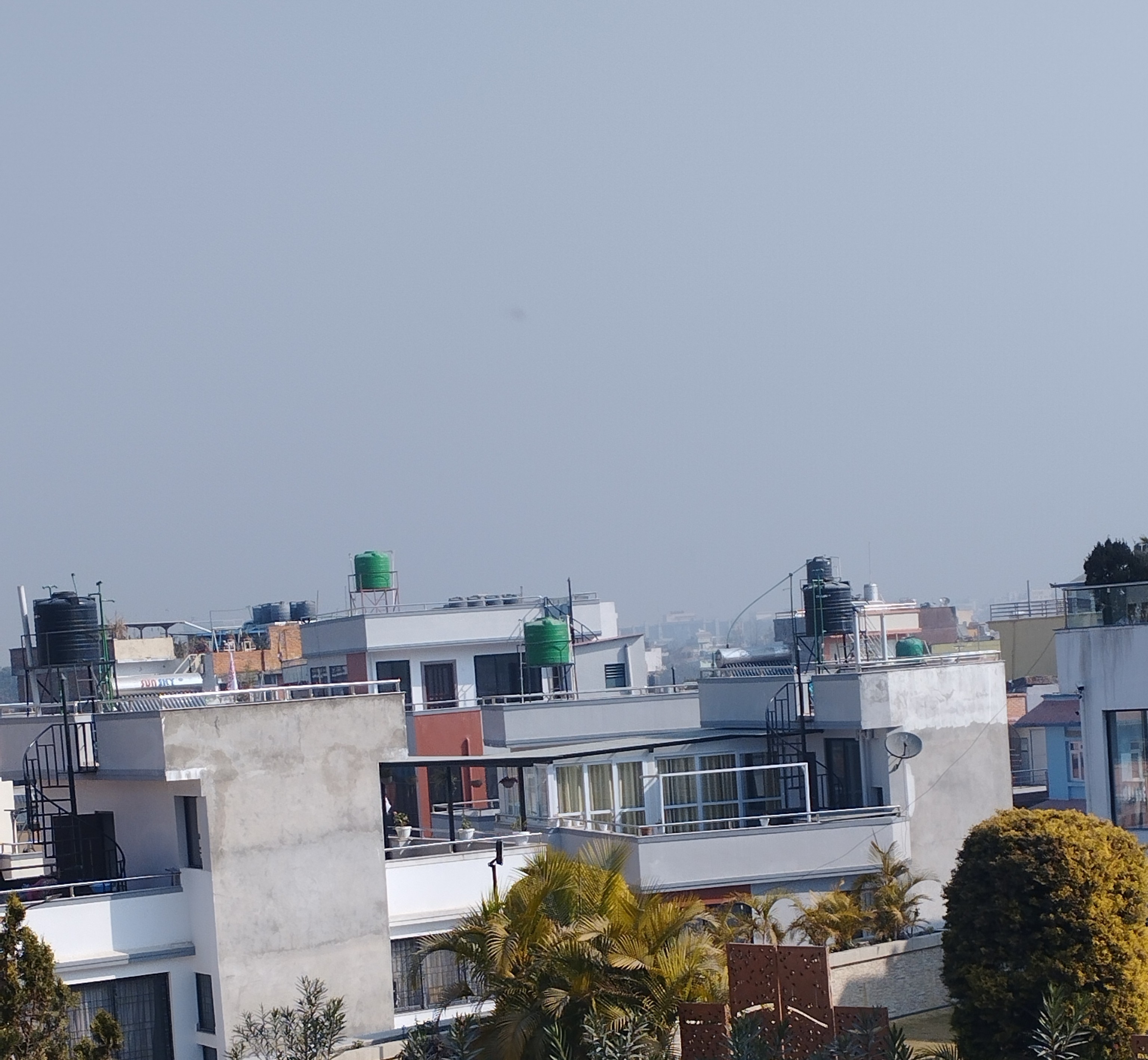Kathmandu – The Department of Hydrology and Meteorology has forecasted clear skies in the Kathmandu Valley for the next three days, with no rainfall anticipated. Despite the influence of a western low-pressure system over Nepal, the valley is expected to experience only partial cloud cover, providing a brief respite from adverse weather conditions.
Weather Overview Across the Country
The western low-pressure system has brought varied weather conditions across Nepal. Partial to moderate cloud cover has been observed in Bagmati, Gandaki, Lumbini, and Karnali Provinces, while the rest of the country enjoys clear skies. Some parts of the Terai region remain shrouded in fog, potentially affecting visibility.
In the hilly regions, daytime conditions will be partly to moderately cloudy. The mountainous areas of Karnali and Sudurpaschim Provinces are likely to experience light snowfall, along with one or two places in the high-altitude regions of Bagmati and Gandaki Provinces.
During the nighttime, similar weather patterns will prevail, with light snowfall expected in parts of the high hills and mountainous regions of Koshi, Gandaki, Karnali, and Sudurpaschim Provinces.
Advisory Issued for High Altitude Regions
The Department has cautioned that light snowfall in these regions may disrupt daily activities, health, road travel, and air transport. It has urged individuals in the affected areas to remain vigilant and take necessary precautions to minimize the impact.
Kathmandu Valley Weather Outlook
Meteorologist Binu Maharjan confirmed that the Kathmandu Valley will remain free of rain for the next three days. The skies are expected to be partly cloudy during this period.
Temperature readings from this morning recorded a minimum of 8.6°C, and the maximum temperature is projected to hover between 21°C to 23°C, providing comfortable weather conditions for residents and visitors.
Implications for Daily Life
This weather update brings favorable news for Kathmandu residents, offering an opportunity to plan activities without concerns about rain. However, the colder temperatures, especially during early mornings and nights, call for adequate preparation to stay warm.
As the western system affects various parts of the country, Ecosphere News encourages readers to remain informed and follow updates from the Department of Hydrology and Meteorology. For travelers and locals in high-altitude regions, particular care should be taken to navigate potential disruptions caused by snowfall.
Stay tuned to Ecosphere News for reliable updates on weather and environmental developments.